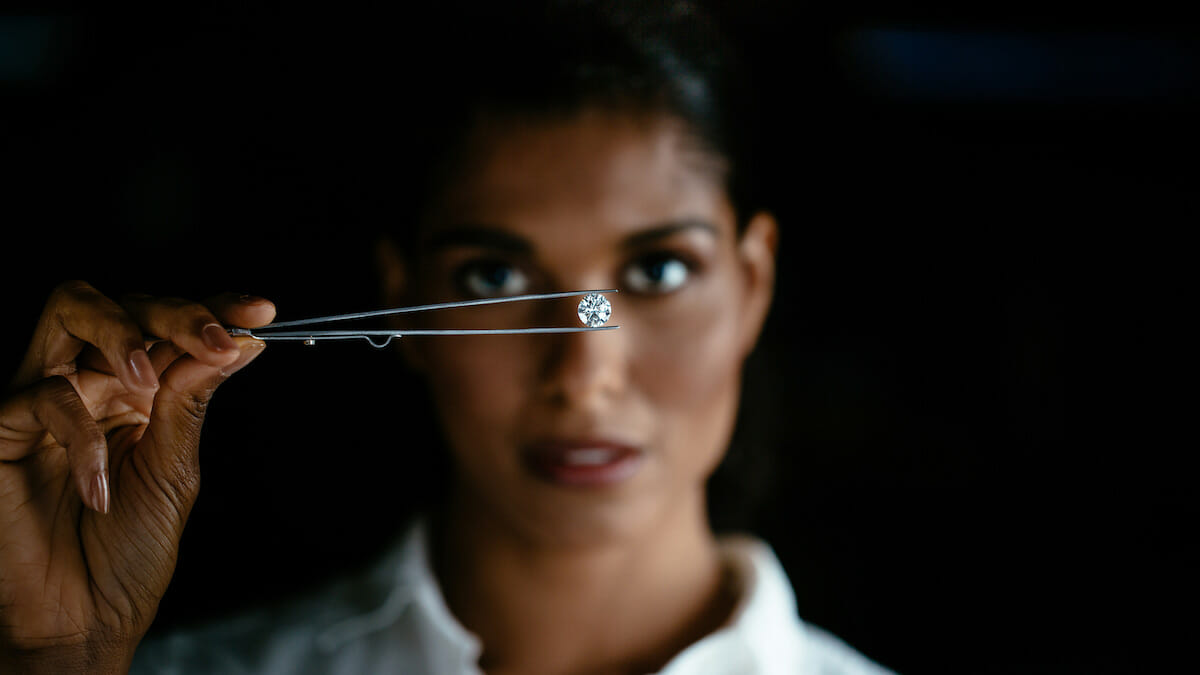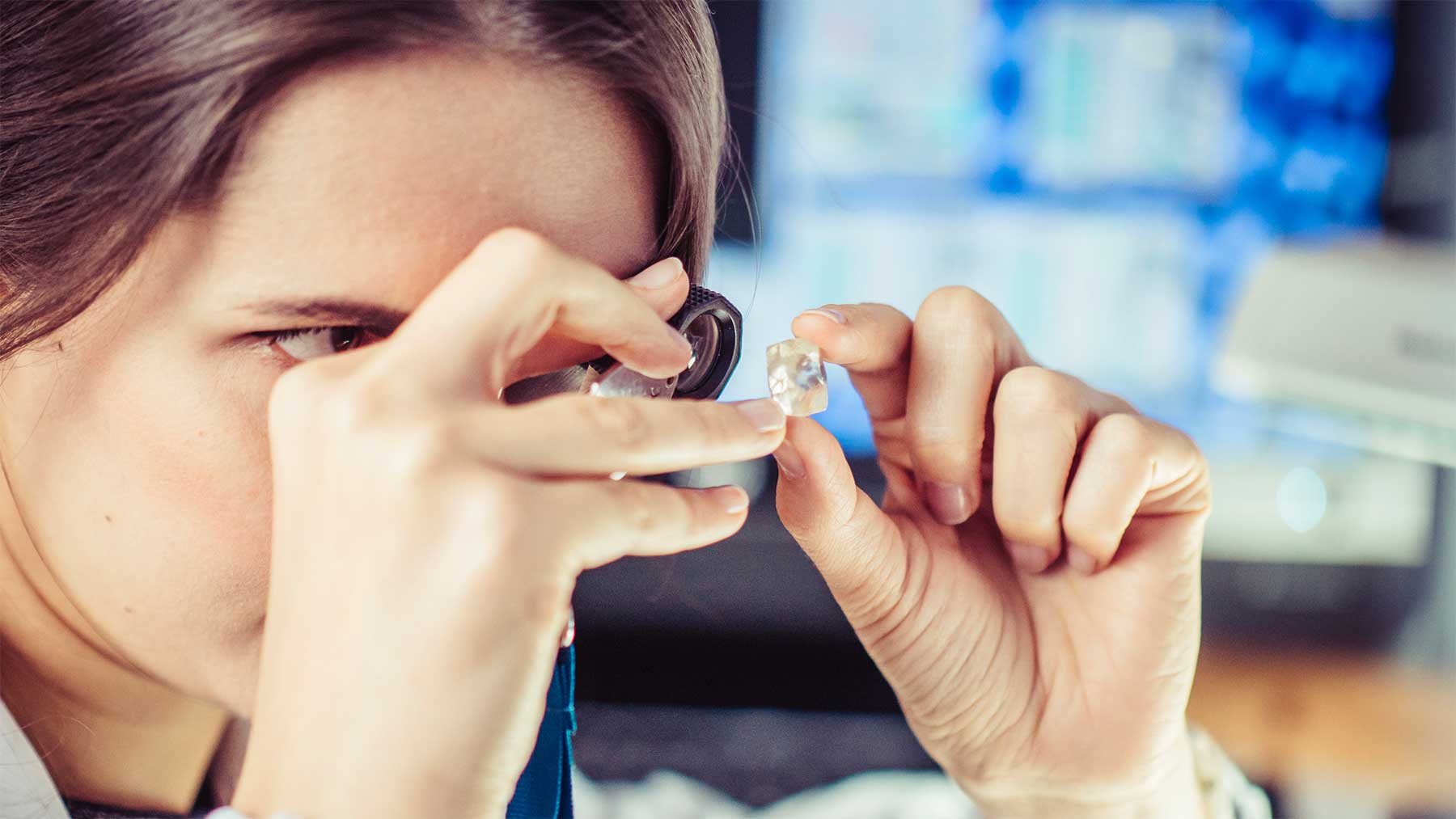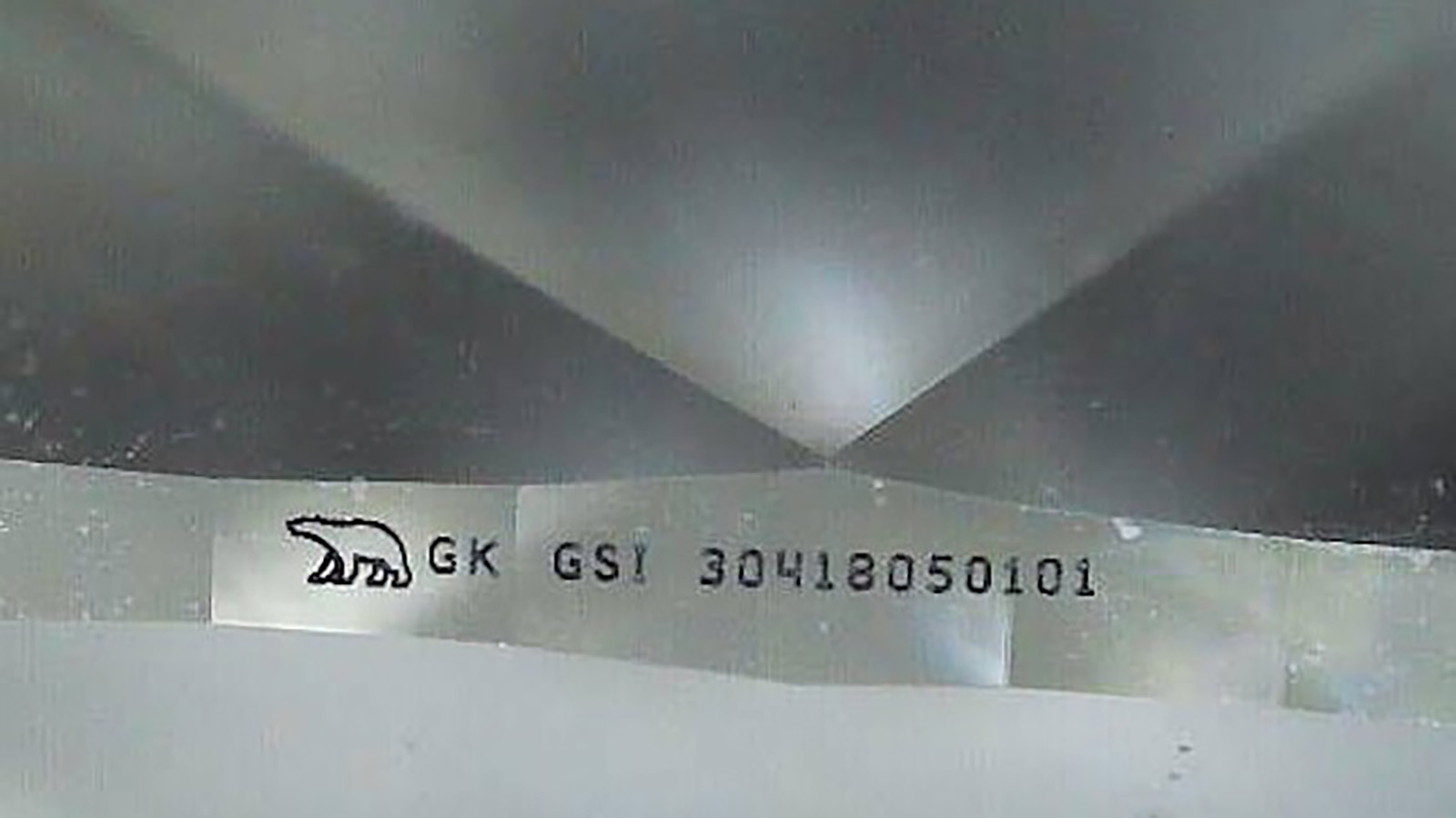DIAMOND FAQS
DIAMOND FACTS
To address the myths and misconceptions about the diamond industry, the Natural Diamond Council conducted research to better understand the questions consumers have about the industry and to provide them with straight answers. You can also read the full report here.
Diamond Facts #1
Can you detect a laboratory-grown diamond from a natural diamond?
Yes! Because they are mass-produced in weeks, laboratory-grown diamonds have specific growth-related patterns which can be detected using professional verification instruments.
Diamond Facts #2
How are natural diamonds ethically sourced?
Under the Kimberley Process mandated by the United Nations and the World Trade Organization, all rough diamond trade is strictly regulated to ensure it is conflict-free. Other initiatives, such as the Responsible Jewellery Council, help warrant through 3rd party audited certifications that natural diamonds are sourced responsibly.
Diamond Facts #3
Are all laboratory-grown diamonds sustainable?
The energy-intensive process to make laboratory-grown diamonds requires the generation of temperatures close to 20% of the the temperature of the Sun’s surface. With most manufacturing happening in China and India whose majority of grid electricity is generated from coal, it’s not possible to make a simplistic green claim.
Diamond Facts #4
What have been the price trends for laboratory-grown diamonds?
In 2016, a 1.5 carat laboratory-grown diamond cost $10,600 and in early 2023, it decreased to $2,445. Whilst they also fluctuated, over the last 25 years, natural diamonds have appreciated in price by approximately 3% on average each year.
FROM 2016 TO 2022, IN SOME CASES, THE PRICE OF A 1.5 CARAT LABORATORY-GROWN DIAMOND HAS DECREASED BY OVER 75%.
Diamond Facts #5
Are natural diamonds rare?
Yes! Global natural diamond recovery peaked in 2005 and has decreased by over 30% in the last 16 years. The annual recovery of 1-carat diamonds can fill just 1 exercise ball. Diamond formation takes place over millions, sometimes billions, of years in limited zones on Earth.
Diamond Facts #6
What is the natural diamond industry doing to reduce its carbon footprint and protect biodiversity?
The natural diamond industry has set out on its journey to decarbonize in line with global climate targets. Companies like the De Beers Group are committed to becoming carbon neutral by 2030 and Rio Tinto of achieving net zero emissions by 2050.
Plus, the diamond industry actively protects the biodiversity covering an area 4 times larger in size than the land they use.
Diamond Facts #7
Do natural diamonds benefit their countries of origin?
Yes! The natural diamond industry supports the livelihoods of 10 million worldwide. Up to 80% of rough diamond value can remain with local communities thanks to local purchasing, employment benefits, social programs, investment in infrastructure as well as the taxes, royalties and dividends paid from the industry to respective governments.

Diamond Facts #8
How do I know whether I’m purchasing a natural or a laboratory-grown diamond?
Any organization selling laboratory-grown diamonds, such as retailers or jewelers, are legally required to disclose it is man-made and must use approved terminology when communicating with clients.
Diamond Facts #9
Is the industry stockpiling diamonds to drive-up prices?
No. Bain & Company reported that inventories across the world declined by 40% in 2021 based on data from company reports and the Kimberley Certification process that governs the rough diamond trade.


Diamond Facts #10
What are the working conditions like in the diamond industry?
NDC members ensure that working conditions are followed to the highest global standards within their mining operations. Plus, 99.7% of employees of NDC members are hired locally and one-third of the natural diamond mining industry are women.
Diamond Facts #11
Are natural diamonds traceable?
The natural diamond industry is accelerating its traceability initiatives and leveraging technology like blockchain to bring transparency to its supply chains.

